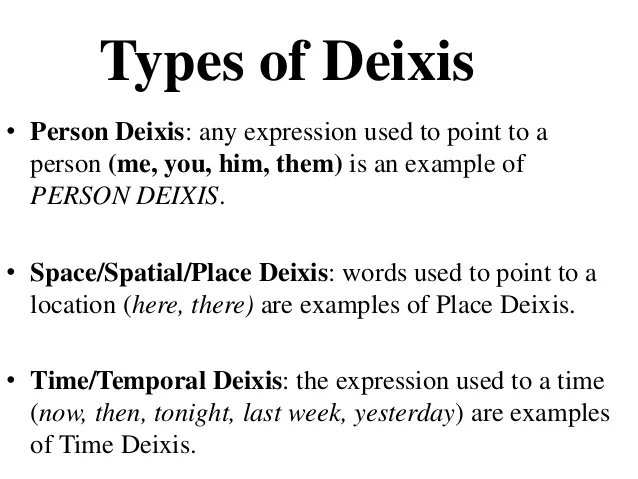Second Language Acquisition/Learning.
Second Language Acquisition?Learning I. Second Language Learning: A local person who study a different language as a foreign language if they learn it in their country. In other case, it is considered a second language if that person learn it in their originated country. In general, both the situations are expressed as second language learning . *Acquisition and Learning: The term acquisition describes a gradually development of the language ability by using it naturally in communicative with other people who know the language. The term learning is a process of conscious learning in which the person is accumulating knowledge through intention acts such as analyze features of language, research the grammar and vocabulary. *Acquisition Barriers: For a L1 speakers, it's a whole different experience for them when they know about the L2. They usually encounter this in their teenage, adult years or a few hours in school. Despite there hav...

